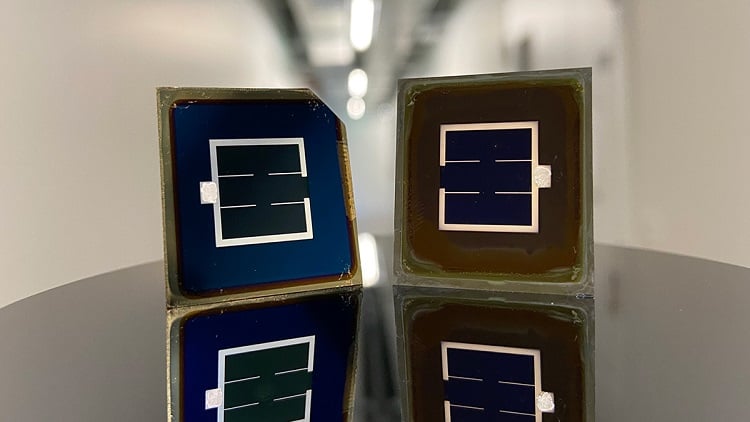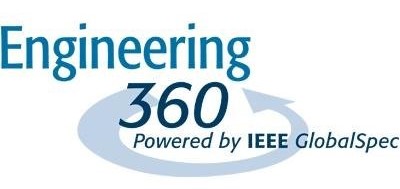S. Himmelstein | July 13, 2022
 The perovskite-on-silicon tandem cells are either flat (left) or textured (right) on their front side. Source: D. Türkay/C. Wolff (EPFL)
The perovskite-on-silicon tandem cells are either flat (left) or textured (right) on their front side. Source: D. Türkay/C. Wolff (EPFL)
The 30% efficiency milestone has been achieved, and even surpassed, for perovskite-on-silicon-tandem solar photovoltaic (PV) cells.
Researchers from the Swiss Center for Electronics and Microtechnology (CSEM) and the École Polytechnique Fédérale de Lausanne (EPFL) documented an efficiency of 30.93% for a 1 cm2 solar cell based on high-quality perovskite layers from solution on a planarized silicon surface. An efficiency of 31.25% was also confirmed for a cell of the same size fabricated with a hybrid vapor/solution processing technique compatible with a textured silicon surface. The data have been independently certified by the U.S. National Renewable Energy Laboratory.
“These high-efficiency results will now require further R&D to allow their scaling up onto larger surface areas and to ensure that these new cells can maintain a stable power output on our rooftops and elsewhere over a standard lifetime,” said CSEM researcher Quentin Jeangros. “Our results are the first to show that the 30% barrier can be overcome using low-cost materials and processes, which should open new perspectives for the future of PV.”
